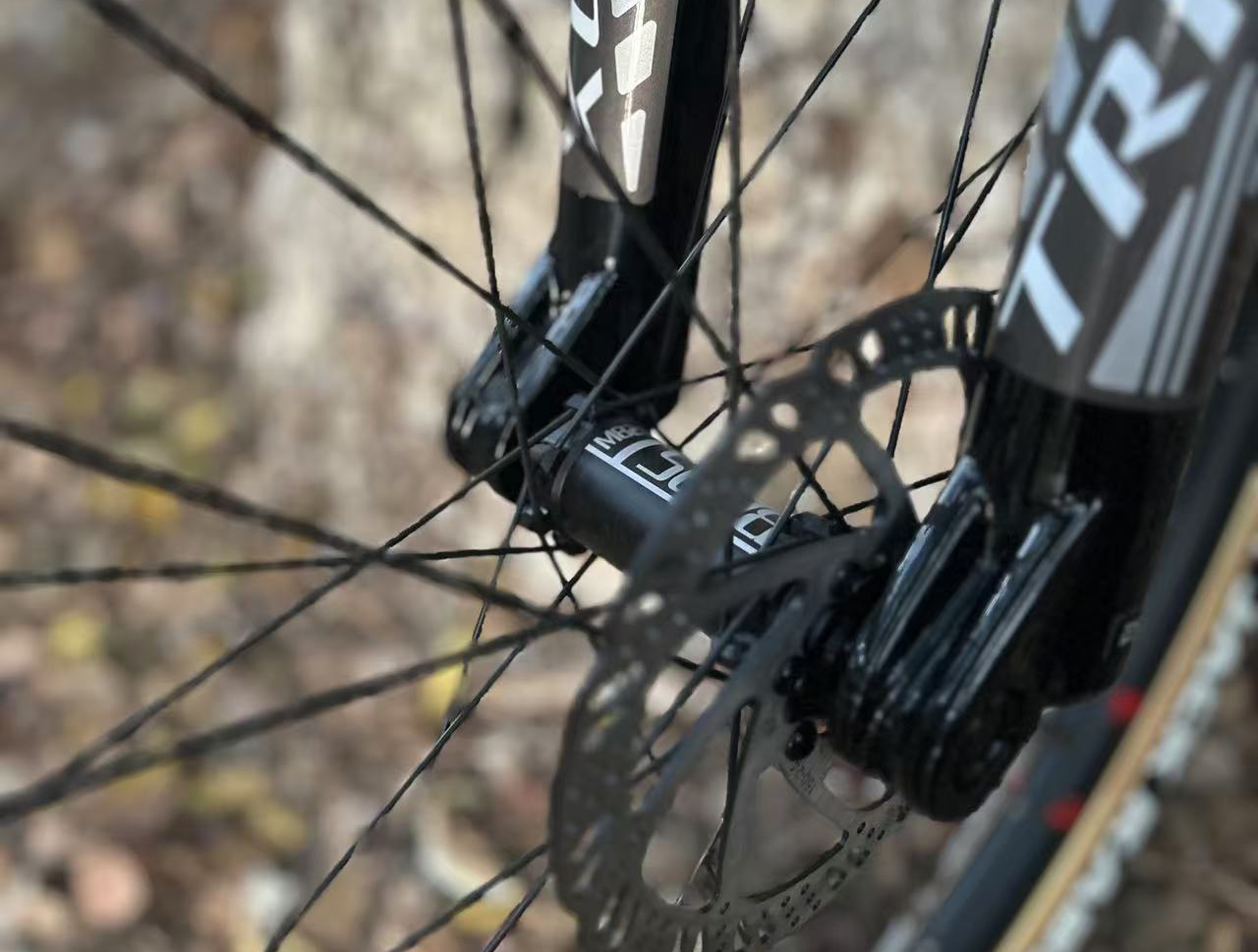
If you're serious about cycling, you've probably heard the term "FTP" thrown around. But what exactly is FTP, and why is it such a big deal for your training? Let’s break it down. FTP stands for Functional Threshold Power, and it’s a measure of the highest average power (in watts) you can sustain for one hour. Think of it as your cycling fitness benchmark—it tells you how much power you can produce over a sustained effort without fatiguing too quickly. FTP is a key metric for cyclists because it helps you understand your current fitness level, set training zones, and track progress over time. Why FTP Matters 1. Personalized Training Zones: Your FTP is the foundation for determining your training zones, which are critical for structuring effective workouts. Whether you're doing endurance rides, interval training, or recovery sessions, knowing your FTP ensures you're training at the right intensity to meet your goals. 2. Track Progress: By regularly testing your FTP, you can see how your fitness improves over time. An increase in FTP means you’re getting stronger and more efficient on the bike. 3. Race Strategy: For competitive cyclists, knowing your FTP helps you pace yourself during races or long rides. Pushing too hard above your threshold can lead to burnout, while staying below it ensures you can maintain a steady effort. How to Test Your FTP The most common way to test your FTP is with a 20-minute test. After a proper warm-up, ride at your maximum sustainable effort for 20 minutes, then take 95% of your average power from that effort to estimate your FTP. For example, if you average 200 watts during the test, your FTP would be around 190 watts. How to Use FTP in Training Once you know your FTP, you can tailor your workouts to target specific energy systems. For example: Endurance: Ride at 55-75% of your FTP to build aerobic base fitness. Tempo: Train at 76-90% of FTP to improve sustained power. Threshold: Work at 91-105% of FTP to push your limits and increase your threshold power. VO2 Max: Go above 106% of FTP for short, intense efforts to boost your anaerobic capacity. Tips for Improving Your FTP Consistency: Regular training is key. Incorporate a mix of endurance rides, intervals, and recovery sessions. Progressive Overload: Gradually increase the intensity and duration of your workouts to challenge your body. Recovery: Don't underestimate the importance of rest. Your body adapts and gets stronger during recovery. In conclusion, FTP is more than just a number—it's a powerful tool to guide your training, measure your progress, and help you become a stronger, faster cyclist. Whether you're a beginner or a seasoned rider, understanding and improving your FTP can take your cycling performance to the next level. So, grab your bike, test your FTP, and start training smarter!
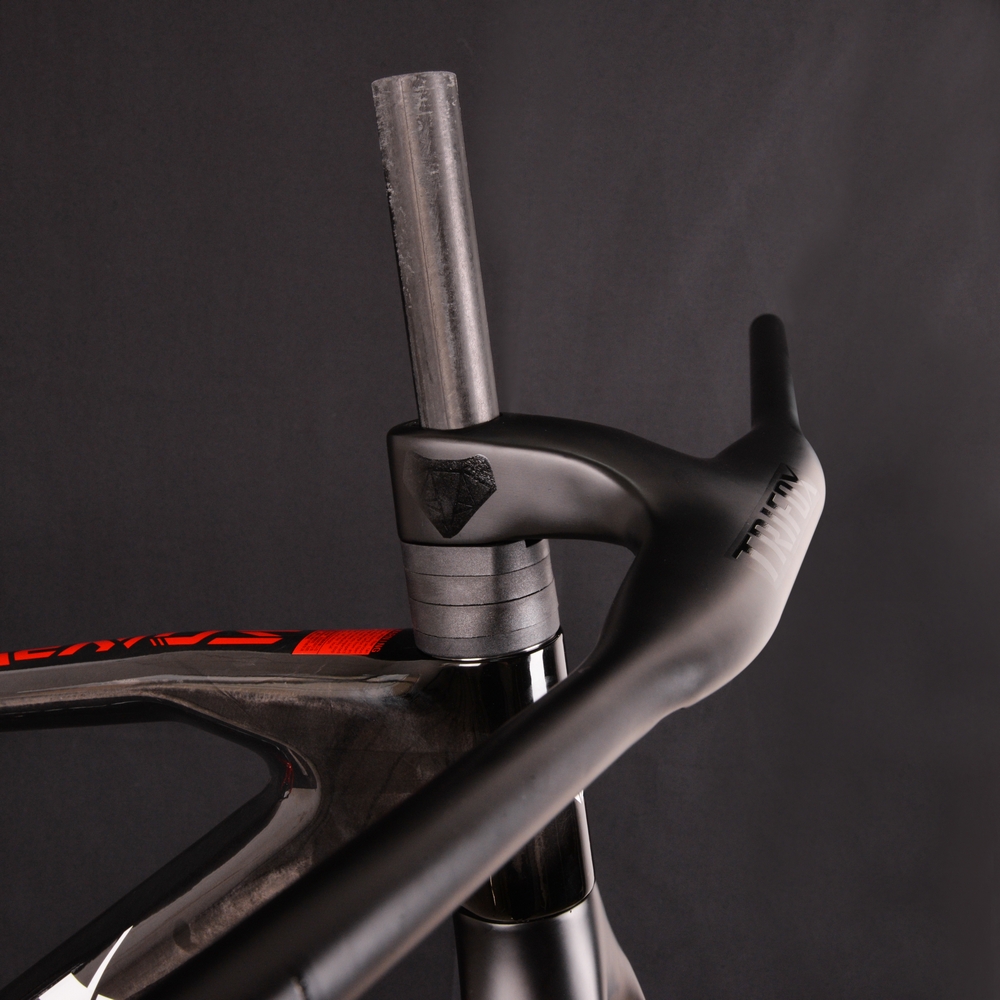
Cycling is not just a sport; it's a passion that takes many riders to the limits of endurance and performance. Whether you're a competitive cyclist aiming for podium finishes or a recreational rider enjoying the thrill of the open road, every bit of improvement in your cycling performance can make a significant difference. One such innovation that has revolutionized cycling is the introduction of aerobars. But what exactly are aerobars, and how can they enhance your cycling experience? Let's dive into the details. What Are Aerobars? Aerobars are specialized attachments for bicycles designed to improve the rider's aerodynamic efficiency. They are typically mounted onto the handlebars and allow riders to adopt a more forward and hunched position, reducing the overall frontal area exposed to the wind. This position is often referred to as the "aero position" and is widely used by time trialists, triathletes, and even road cyclists looking to gain an edge in speed and efficiency. The design of aerobars can vary, but they generally consist of armrests, elbow pads, and extensions that position the rider's hands and forearms in front of the body. Some models also include adjustable components to cater to different riding styles and preferences. The primary goal of aerobars is to minimize drag and maximize speed, especially over long distances. The Science Behind Aerodynamics Cycling is inherently a battle against resistance, and aerodynamic drag is a significant component of that resistance. When you ride a bicycle, the air you move through creates a force that opposes your forward motion. This drag increases with speed, making it increasingly challenging to maintain high velocities. Aerobars help reduce this drag by altering your body position. By bringing your arms and hands forward and lowering your upper torso, you present a smaller surface area to the wind. This reduction in frontal area can lead to significant savings in energy output, allowing you to maintain higher speeds for longer periods. Performance Benefits of Aerobars Increased Speed and Efficiency: The most immediate and noticeable benefit of aerobars is the increase in speed. By reducing aerodynamic drag, you can ride faster with less effort. This is particularly advantageous in time trials, triathlons, and long-distance road rides where maintaining speed and efficiency is crucial. Improved Endurance: Reduced drag means you're expending less energy to maintain a given speed. This energy savings can translate into improved endurance, allowing you to ride farther or maintain higher intensities for longer durations. Better Handling and Control: Modern aerobars are designed with ergonomics in mind. They provide a stable platform for your arms and hands, allowing you to maintain control over the bike while in the aero position. This can be particularly helpful in windy conditions or on technical descents. Reduced Muscle Fatigue: Riding in the aero position can also reduce muscle fatigue in the shoulders, neck, and back. By distributing your weight more evenly and reducing the strain on certain muscle groups, aerobars can help you stay comfortable and focused on the road ahead. Choosing the Right Aerobars With so many different aerobar models available, choosing the right one can be overwhelming. Here are a few factors to consider when selecting aerobars for your bike: Compatibility:Ensure that the aerobars you choose are compatible with your bike's handlebars. Some models are designed for specific types of handlebars, so it's essential to check for compatibility before making a purchase. Adjustability:Adjustable aerobars allow you to fine-tune your riding position to suit your preferences and riding style. Look for models that offer adjustable armrests, elbow pads, and extensions to ensure a comfortable and efficient fit. Material:Aerobars are typically made from lightweight, durable materials such as carbon fiber or aluminum. Carbon fiber aerobars are often lighter and more expensive, while aluminum models offer a more budget-friendly option. Installation:Consider the ease of installation when selecting aerobars. Some models require more complex setups than others, so be sure to read reviews and instructions carefully before attempting installation.Incorporating Aerobars into Your Riding While aerobars can offer significant performance benefits, they may take some time to get used to. Here are a few tips to help you incorporate aerobars into your riding: Start Slow: Begin by using the aerobars for short periods during your rides. Gradually increase the duration as you become more comfortable with the position. Practice in Safe Environments: Practice riding in the aero position in a controlled and safe environment, such as a quiet road or a bike path. This will help you become more familiar with the handling characteristics of your bike with aerobars installed. Aerobars are a valuable addition to any cyclist's arsenal, offering significant performance benefits in speed, efficiency, and endurance. By reducing aerodynamic drag and improving your riding position, aerobars can help you take your cycling to the next level. Whether you're a competitive athlete or a recreational rider, incorporating aerobars into your riding can provide a noticeable boost in performance and enjoyment. So, if you're ready to take your cycling seriously and push the limits of your performance, consider investing in a set of aerobars. With the right model and a bit of practice, you'll be well on your way to achieving your cycling goals and enjoying the thrill of the open road in a whole new way. Remember, the key to success in cycling is continuous improvement and adaptation. Aerobars are just one tool in your toolkit, but they can make a significant difference in your overall performance. Happy riding!
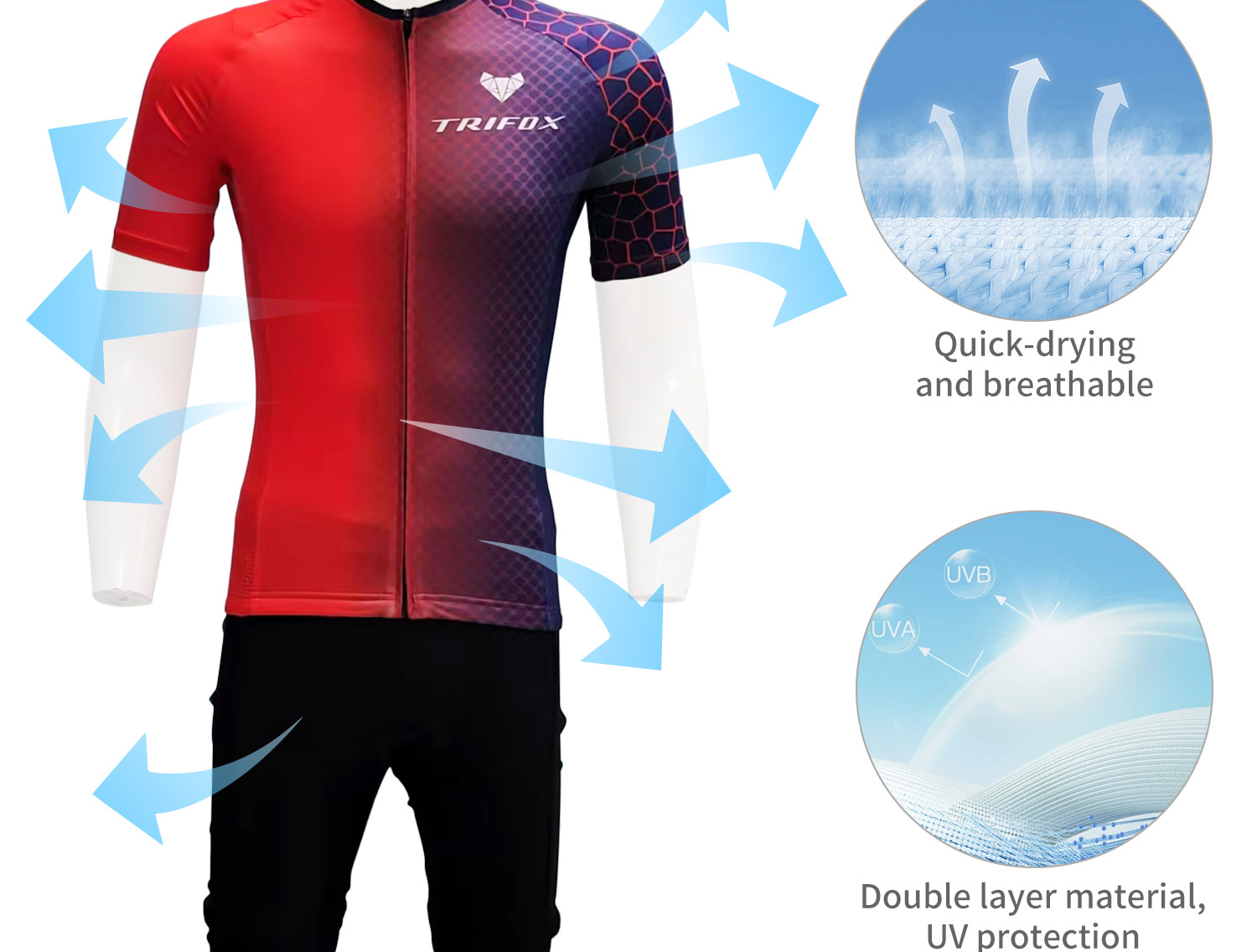
Wearing the right cycling clothing can make a huge difference in both comfort and performance. Whether you’re riding for fitness, commuting, or racing, proper gear enhances aerodynamics, temperature regulation, and overall ride quality. 1. Essential Cycling Apparel Jersey: A breathable, moisture-wicking jersey keeps you cool and dry. Look for a snug fit to reduce wind resistance. Bib Shorts: Padded bib shorts provide comfort by reducing saddle pressure and preventing chafing. Choose high-quality chamois for longer rides. Base Layer: Helps regulate body temperature by wicking sweat away from your skin. Ideal for layering in cold weather. Gloves & Socks: Cycling gloves improve grip and absorb shock, while moisture-wicking socks keep your feet dry. 2. Weather-Specific Gear Summer: Lightweight, ventilated fabrics with UV protection. Winter: Thermal jackets, arm warmers, and windproof gloves for insulation. Rainy Days: Waterproof jackets and shoe covers to stay dry. Upgrade your cycling apparel for a better ride!
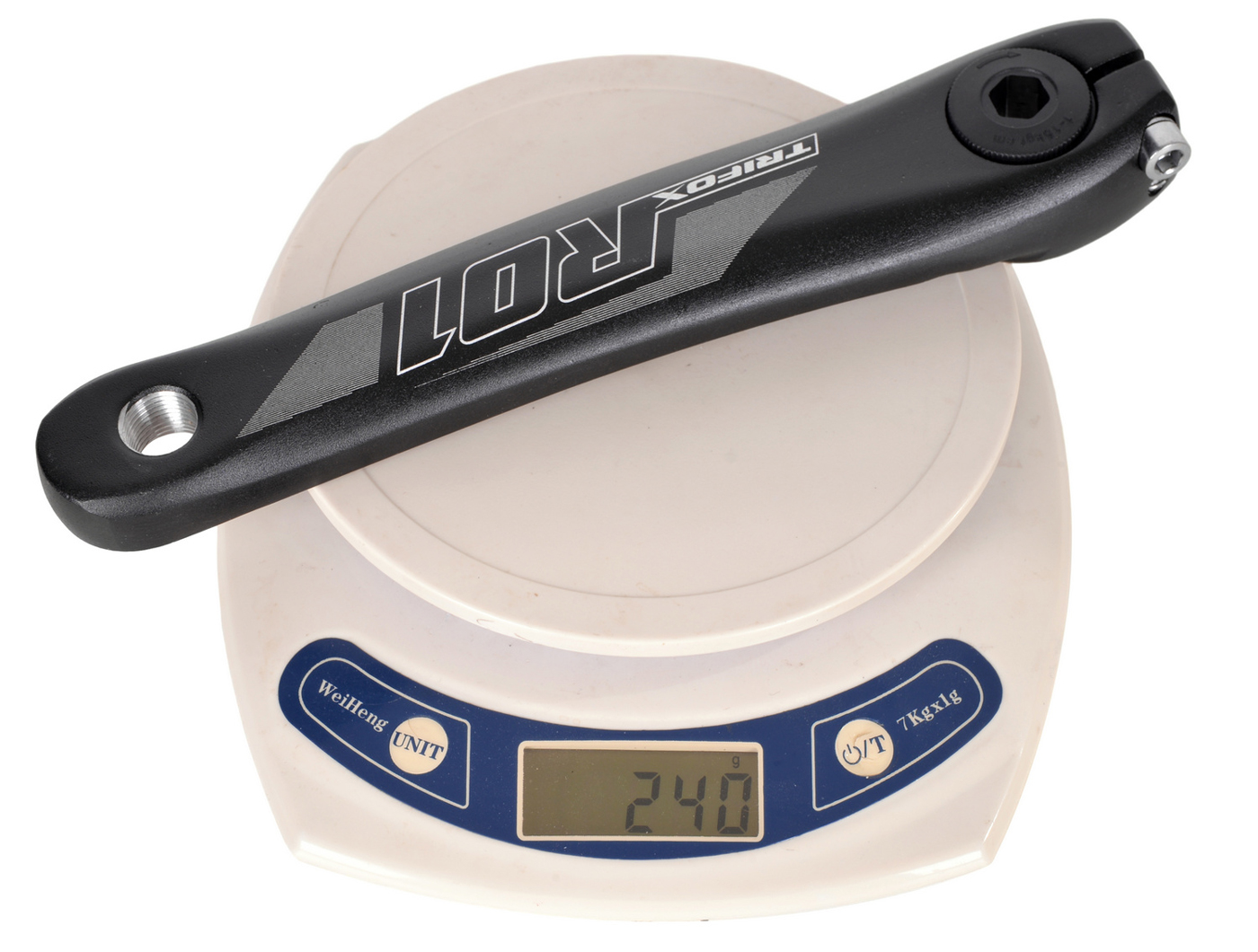
Crank length is a critical but often overlooked factor in cycling performance. The cranks are the arms that connect the pedals to the bottom bracket, and their length affects power output, comfort, and overall efficiency. Choosing the right crank length can make a big difference in your riding experience. 1. How Crank Length Affects Cycling Efficiency ✔ Power Output & Cadence – Shorter cranks allow for a higher cadence (more pedal revolutions per minute), which can reduce strain on the knees and improve endurance. Longer cranks may provide more leverage, but they require greater force to turn, which can lead to fatigue. ✔ Aerodynamics & Positioning – Shorter cranks enable a more aerodynamic position by reducing knee height at the top of the pedal stroke, making them ideal for time trials and triathlons. ✔ Comfort & Injury Prevention – Riders with knee or hip pain often benefit from shorter cranks as they reduce joint strain and improve pedaling efficiency. 2. How to Choose the Right Crank Length - Standard Crank Lengths: Typically range from 165mm to 175mm, with 170mm being the most common. - Rider Height & Leg Length: Shorter riders often benefit from 165mm cranks, while taller riders may prefer 175mm cranks. - Riding Style: Sprinters and climbers might prefer longer cranks for power, while endurance riders may opt for shorter cranks for better cadence. 3. Experiment & Optimize There is no "one-size-fits-all" crank length. If you're looking to upgrade your crankset, check out high-performance bike components at Trifox Bike and optimize your efficiency today! 文字
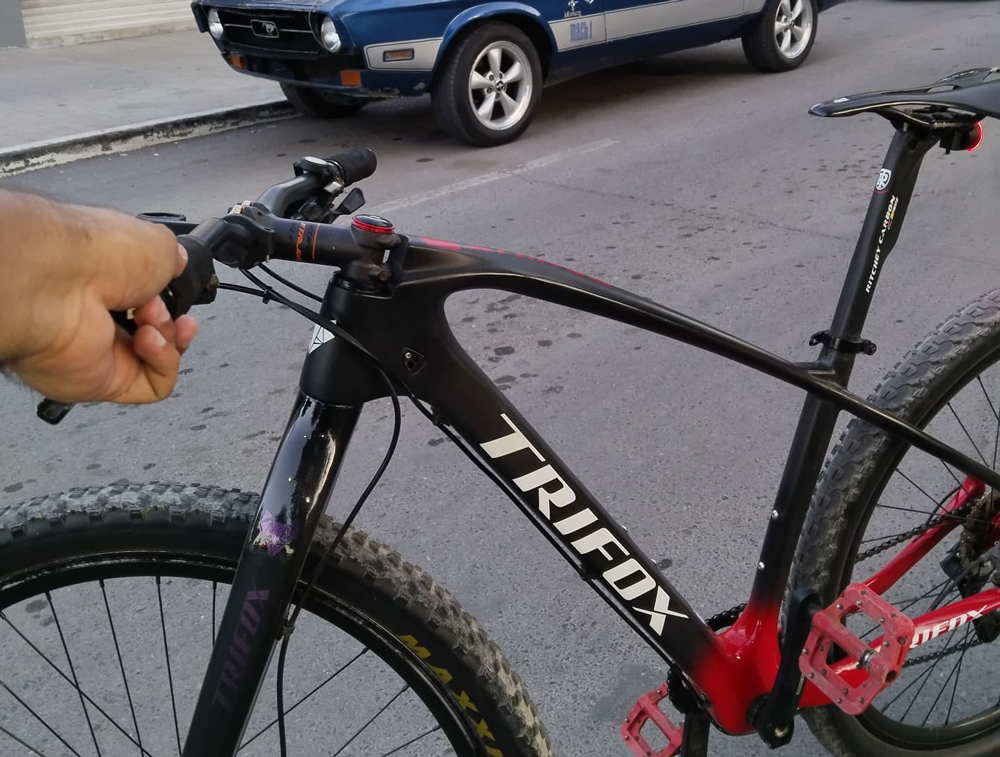
Tire pressure is one of the most critical factors in cycling performance, affecting speed, comfort, grip, and durability. Whether you ride a road bike, mountain bike, or gravel bike, getting the right tire pressure can make a huge difference. 1. How Tire Pressure Affects Performance ✔ Speed & Rolling Resistance – Higher pressure reduces rolling resistance, making road bikes faster on smooth surfaces. Lower pressure improves grip but may slow you down. ✔ Grip & Traction – Lower pressure increases surface contact, providing better traction, especially on rough or wet terrain. ✔ Comfort & Shock Absorption – Softer tires absorb vibrations, reducing fatigue on long rides. 2. Finding the Right Tire Pressure Road Bikes: 80-120 PSI for speed and efficiency. Mountain Bikes: 20-35 PSI for better grip on trails. Gravel Bikes: 30-50 PSI for a balance of speed and comfort. -Factors like rider weight, terrain, and weather conditions should also influence your pressure settings. 3. The Importance of Regular Checks Tires naturally lose air over time, so checking pressure before each ride is essential. A high-quality floor pump with a pressure gauge ensures accuracy. Choosing the right tire pressure enhances performance and safety. Looking for top-quality bike wheels?
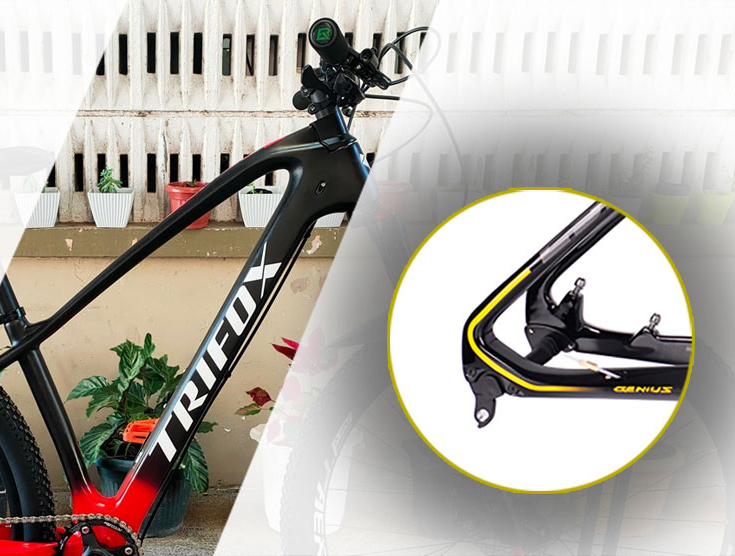
Choosing the right rear derailleur is essential for smooth and precise shifting. With so many brands available, how do you decide which one is best for your bike? Let’s break down some top options, including Trifox Bike, a brand worth considering. 1. Shimano – Reliable and Versatile A household name in cycling, Shimano offers a wide range of derailleurs for different riding styles: ✔ Tourney & Altus – Budget-friendly options for casual riders. ✔ Deore & SLX – Perfect for MTB enthusiasts. ✔ Ultegra & Dura-Ace – High-performance road cycling choices. 2. SRAM – Performance and Innovation SRAM is known for lightweight, high-tech, and wireless shifting systems: ✔ NX & GX – Excellent for mountain bikers. ✔ Force & Red eTap AXS – Premium electronic shifting for road bikes. 3. Trifox Bike – A High-Value Alternative If you're looking for a quality derailleur without breaking the bank, check out Trifox Bike. Trifox offers durable and lightweight components designed for both road and mountain bikes. Plus, they provide affordable derailleur hangers and mech dropouts for easy upgrades and replacements. Final Thoughts Your choice depends on budget, riding style, and performance needs. Looking for a reliable and cost-effective option? Explore Trifox Bike’s rear derailleur hangers and components at Trifox Bike and upgrade your ride today!
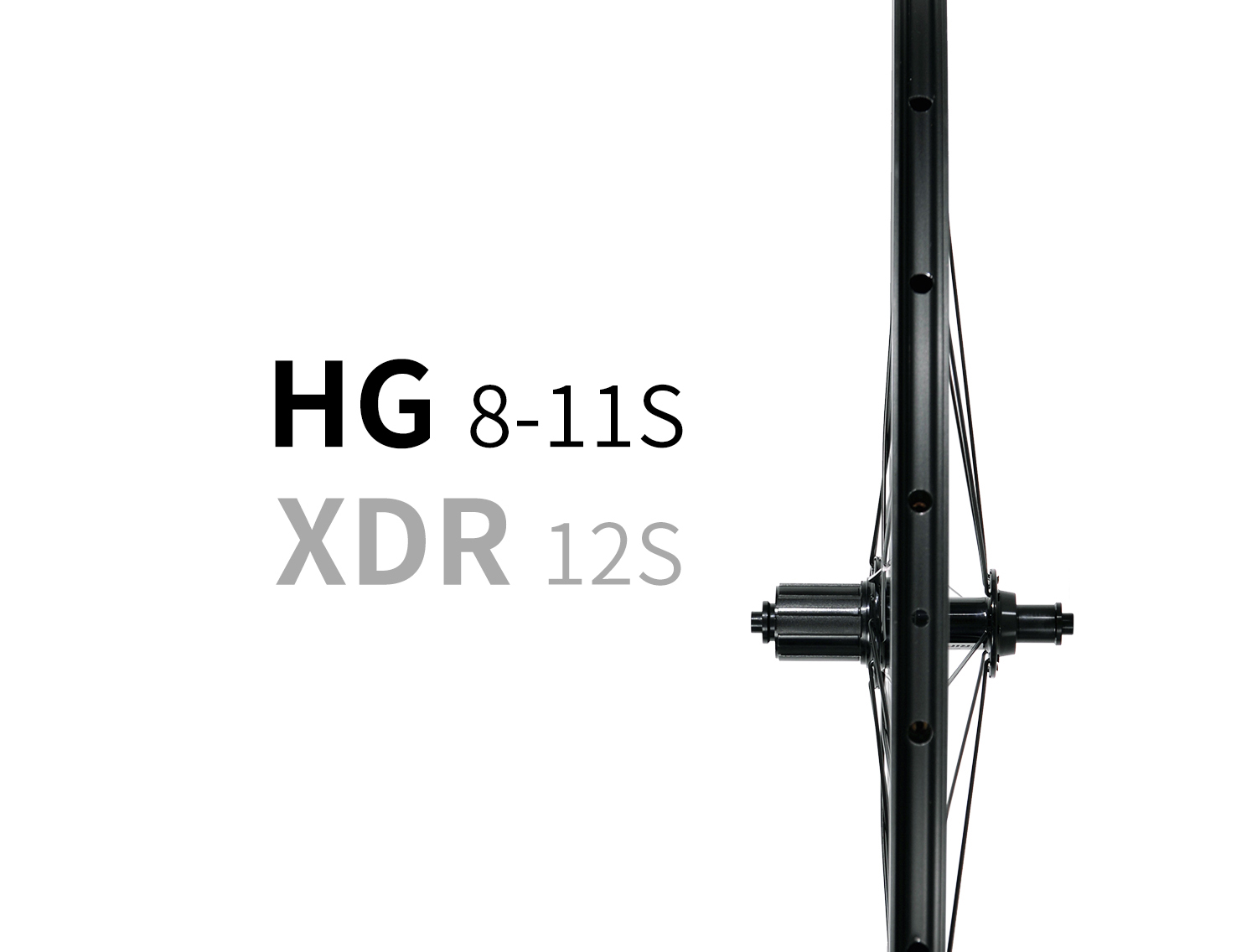
When it comes to road cycling, selecting the right tires can significantly impact your speed, grip, and overall performance. Whether you're racing, training, or commuting, the right combination of tire width, tread, and pressure can make all the difference. Here’s how to choose the best road bike tires for optimal speed and grip. 1. Tire Width: Narrow vs. Wide Narrow tires (23mm-25mm): Traditionally used for racing due to their low rolling resistance and aerodynamic advantage. Ideal for smooth roads and high-speed riding. Wider tires (28mm-32mm+): Gaining popularity for their better grip, comfort, and ability to absorb road vibrations. Wider tires provide more contact with the ground, improving traction and cornering stability. - For a balance of speed and grip, 25mm-28mm tires are a great all-around choice. 2. Tread and Rubber Compound Slick tires offer the lowest rolling resistance, making them perfect for smooth asphalt and racing conditions. Lightly treaded or all-weather tires provide extra grip on wet or uneven roads, offering better control in various conditions. Higher-quality rubber compounds improve traction without compromising speed. Look for dual-compound tires that combine a harder center for low rolling resistance and softer edges for better cornering grip. 3. Tire Pressure: Finding the Sweet Spot High pressure (90-120 PSI) decreases rolling resistance but can make the ride harsher and reduce grip. Lower pressure (60-90 PSI) enhances comfort, grip, and traction, especially in wet conditions. - The ideal pressure depends on your weight, tire width, and road conditions. Choosing the right road bike tires means balancing speed, grip, and durability. If you're looking for high-performance road wheels, check out the latest options at Trifox Bike and take your cycling to the next level!
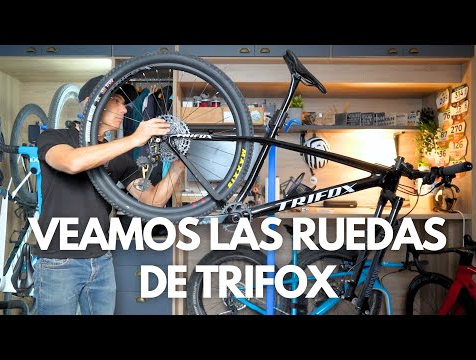
When it comes to mountain biking, your tires can make or break your ride. That’s why many off-road enthusiasts are making the switch to MTB tubeless tires. These tires offer superior performance, better traction, and fewer flats compared to traditional tube setups, making them the ultimate choice for tackling rough terrains. Why Choose Tubeless Tires for MTB? 1. Flat Prevention – One of the biggest advantages of tubeless tires is their ability to resist punctures. Without an inner tube, there’s no risk of pinch flats, which occur when the tube gets pinched between the tire and the rim. Instead, tubeless tires use sealant that automatically fills small punctures, keeping you riding without interruptions. 2. Lower Tire Pressure for Better Grip – Tubeless setups allow you to run lower air pressure without the risk of pinch flats. Lower pressure means more tire contact with the ground, resulting in better traction and improved control on technical trails. 3. Lighter Weight – By eliminating the inner tube, tubeless tires reduce rotational weight. This leads to better acceleration and efficiency, helping you ride faster with less effort. How to Set Up Tubeless Tires Setting up tubeless tires requires a tubeless-ready rim, tubeless-compatible tires, sealant, and a tubeless valve. Here’s a quick guide: - Prep the Rim: Ensure your rim is clean and apply tubeless tape to create an airtight seal. - Install the Valve: Insert a tubeless valve into the rim’s valve hole and tighten it securely. - Mount the Tire: Carefully fit the tubeless tire onto the rim, ensuring both sides are seated properly. - Add Sealant & Inflate: Pour sealant inside the tire, then use a high-pressure pump or compressor to seat the tire onto the rim. Once set up, you'll enjoy a smoother, faster, and more durable ride on even the most challenging trails. Explore MTB tubeless tires now at Trifox Bike and upgrade your off-road performance today!
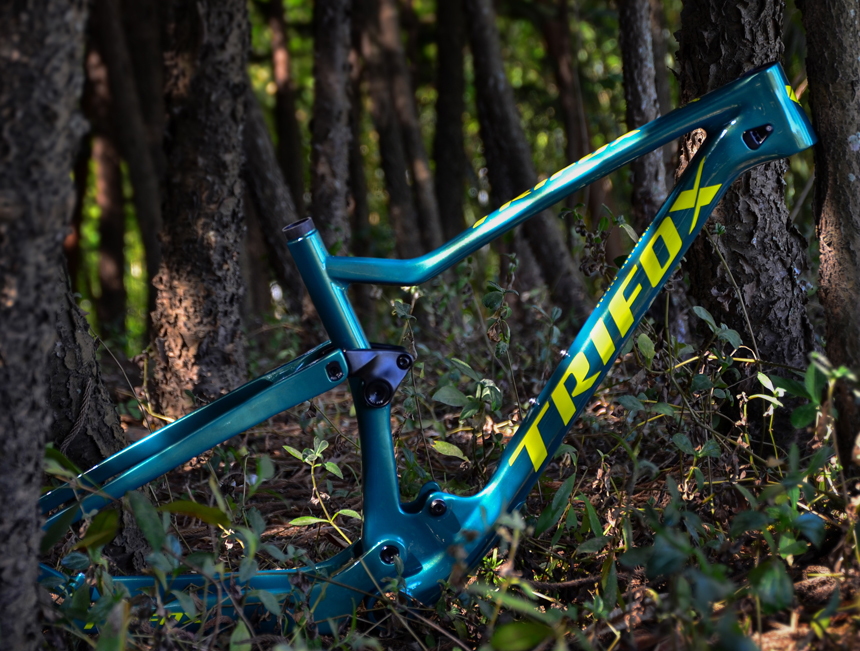
When it comes to high-performance cycling, the material of your bike frame plays a pivotal role in your overall experience. Carbon fiber has become the go-to choice for serious cyclists due to its light weight, incredible strength, and superior ability to absorb road vibrations. Trifox Carbon Fiber Frames: A Commitment to Performance Trifox has quickly earned a reputation for producing some of the most advanced carbon fiber frames on the market. Specializing in road, mountain, and gravel bikes, the brand uses only high-quality carbon materials, ensuring lightweight yet incredibly strong frames. Whether you’re a competitive racer or a recreational rider, Trifox frames are designed to meet the needs of all cyclists, delivering a perfect balance of speed, comfort, and durability. The frames are engineered using advanced carbon technology that helps reduce weight without compromising structural integrity. This results in bikes that are easy to handle, incredibly stiff for efficient power transfer, and smooth over various terrains. Riders will notice how responsive Trifox frames are, with precise steering and a comfortable ride, even on the longest or roughest journeys. Why Choose Trifox? Trifox's carbon fiber frames offer numerous benefits that set them apart from others in the industry: 1. Lightweight Design: With their use of premium carbon materials, Trifox bikes are significantly lighter than their aluminum counterparts, making climbs easier and handling sharper. 2. Enhanced Comfort: The vibration-damping properties of carbon fiber allow for a smoother ride, even on long distances or bumpy roads, reducing fatigue and increasing endurance. 3. Durability: Trifox frames are built to last, offering high strength while maintaining their lightweight properties. Carbon is also resistant to rust, ensuring your frame stays in top condition for years to come. 4. Aerodynamics & Performance: Trifox frames are designed with aerodynamics in mind, ensuring that you get the maximum performance from your bike, whether on the road or trail. Innovative Designs Trifox continues to innovate, developing new frame designs that push the boundaries of what carbon fiber can achieve. Their commitment to perfection is evident in every frame they produce, offering cyclists a blend of performance and aesthetic appeal. Conclusion For cyclists looking for superior performance, durability, and comfort, Trifox carbon fiber bicycle frames are the ideal choice. Whether you’re racing, riding for fitness, or exploring the outdoors, Trifox provides frames that can handle it all. With cutting-edge designs and materials, Trifox is at the forefront of carbon fiber technology.

















